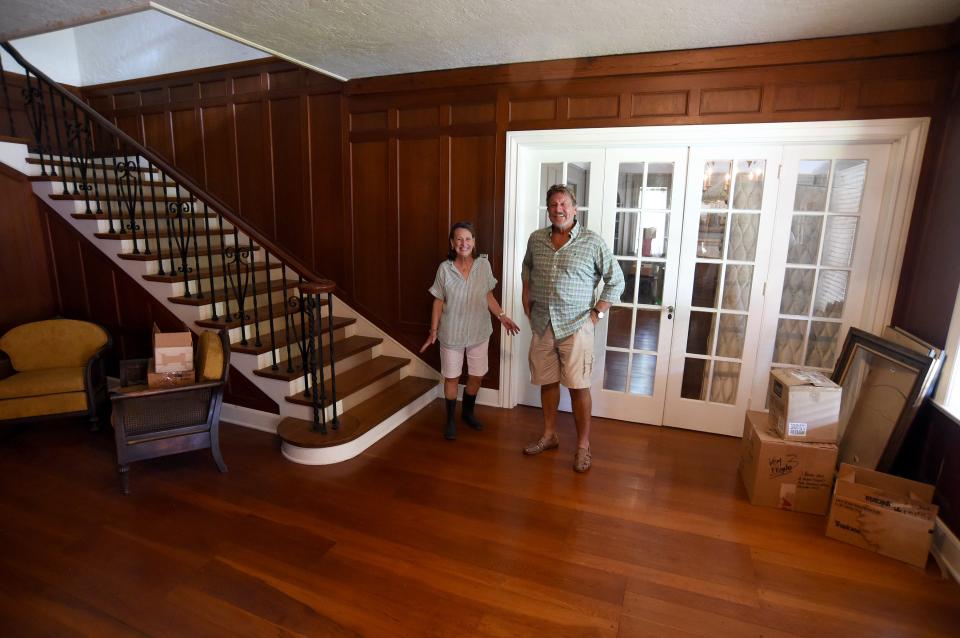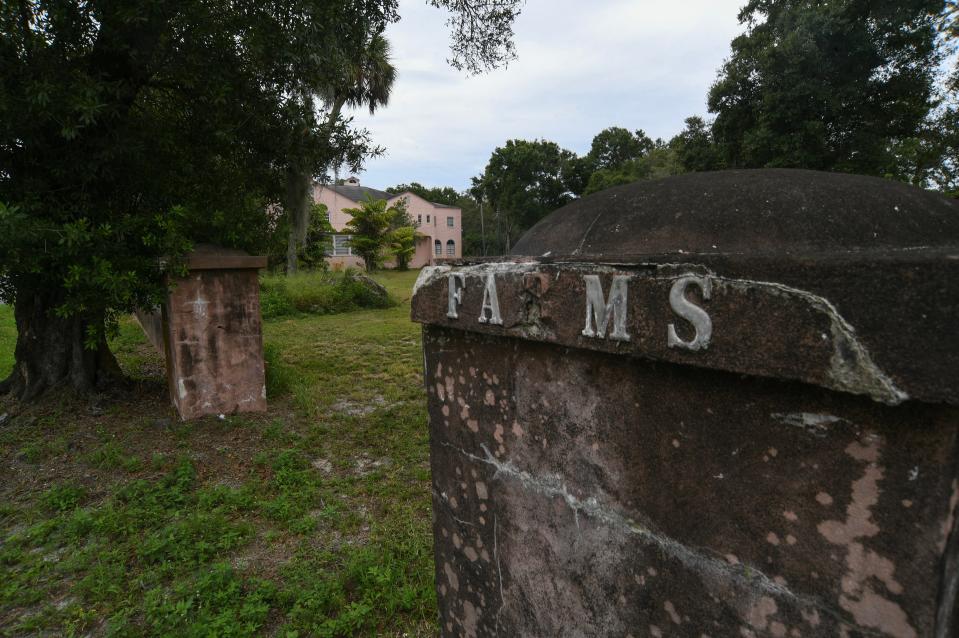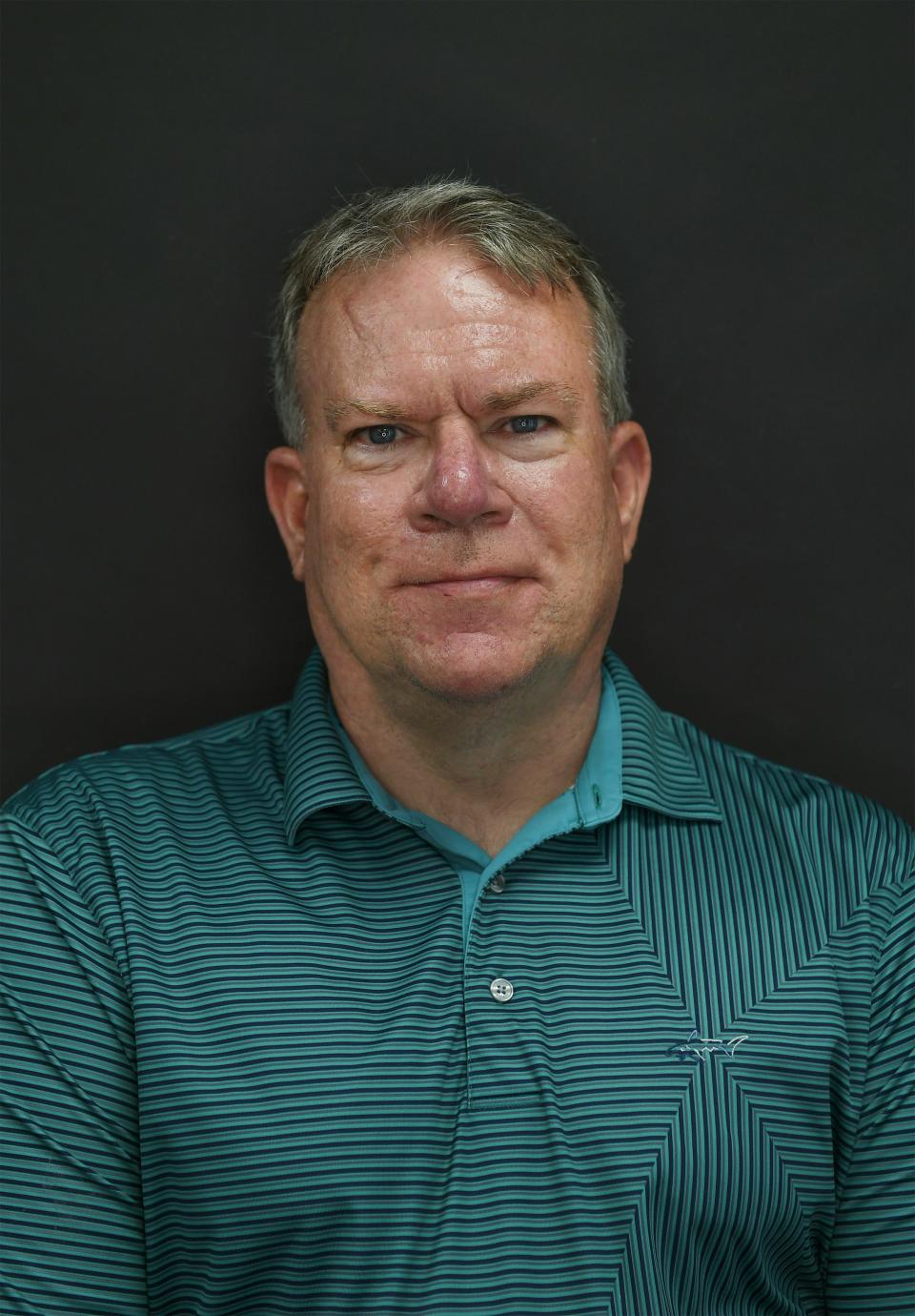Planning board has a great suggestion for development encircling Crayola founder's estate
When my mother was a planning commissioner in Nashville many years ago, I got a glimpse of how difficult that job can be.
Planning commissioners are groups of citizens who review and make recommendations on land-use cases before they are forwarded to their city or county legislative bodies. Land-use cases are usually the toughest and most time-consuming items on a legislative body's agenda ― and most, if not all, planning commissioners serve on a volunteer basis.
I'm bringing this up because I believe the St. Lucie County Planning and Zoning Commission did excellent work in evaluating and balancing competing interests in its review of an apartment complex that would almost completely encircle the former home of Crayon inventor Edwin Binney.
Are we about to play 'hurry up and wait'?
The project, called Indrio Woods, is on the St. Lucie County Commission's agenda Tuesday, although the developer is requesting a one-month delay.
The project probably won't be discussed Tuesday, but at least some of the residents in the surrounding neighborhood are likely to turn out, on the off chance the commission doesn't grant the delay.
Then we'll see what happens in March. If developers request another delay after the meeting agenda has been legally advertised, as they did with Tuesday's meeting, then it's time to start getting suspicious.
Here's my rule of thumb: The more times an item gets delayed, the more opportunities there are for political shenanigans to occur.
Remember what happened in Martin County a couple of years ago, when final consideration of a controversial "rural lifestyle" land use kept getting repeatedly delayed until after an election. Then the Martin County Commission approved the new land use, with newly re-elected Commissioner Stacey Hetherington casting the deciding vote, after she previously indicated she was going to vote against it.
Trying to make apartments compatible with historic home

I'm not suggesting the same scenario is going to play out with this case. But I do think WGI Engineering, the company that's pushing for approval for Indrio Woods, would like a few more weeks to do some political arm twisting.
Here's why: The St. Lucie County Planning and Zoning Commission spent a lot of time at several meetings discussing how to integrate the apartment complex with Binney's historic home.
The original plans called for 288 apartments to encircle the Binney estate on three sides, on 32.5 acres near Indrio Road and Taylor Dairy Road.
It's mostly rural now, although several other developments are planned elsewhere along Indrio Road.
Following the discussion at previous meetings, the developers agreed to make one of the apartment buildings two stories instead of three, reducing the number of proposed units to 274, and use the "Old Florida" architectural style, which would be more comparable to the Binney estate, built in the 1920s.
Planning commission made Solomon-like decision

The majority of commissioners decided that wasn't enough, though. They thought the other three-story apartment buildings would be out of character with the surrounding neighborhood.
By a 5-3 vote, they recommended in December that all of the apartment buildings be two stories high, reducing the total number of units to 188.
I'm guessing the good folks at WGI aren't going to be satisfied with that.
Lindsay Libes, the company's vice president of civil engineering, has been doing most of the talking on the company's behalf at the planning commission meetings.
She didn't return a message I left with her last week, but from watching her at the December meeting, it seemed like she was on the verge of telling commissioners, prior to their recommendation, that the company had already made all the concessions it was willing to make.
"The alternative of nothing going on the property is not a viable option," Libes told the commissioners. "It's going to be developed."
Many developers seem to have this peevish sense of entitlement, that they are "owed" the opportunity to develop land however they see fit.
Are county commissioners courageous enough to do the right thing?

Here's the reality: That property is zoned for agricultural uses, which means no more than one residential unit per acre.
WGI's original proposal, for 288 units, would increase the density to almost 9 units per acre. The compromise the planning commission majority recommended, 188 units, translates to about 5.7 units per acre.
That density is comparable to Cabo Rio, a recreational vehicle park that's being developed just west of the project site.
That seems like a pretty good compromise to me. The developers aren't getting everything they originally asked for, but they're getting far more than the existing zoning would allow.
Let's not forget the Binney estate is kind of a rare bird in a state that, for a variety of reasons, doesn't have a large number of historic structures. Tropical storms and humidity take a toll on many older buildings, so elected officials should try to protect the ones that withstand the ravages of time and weather.
This wasn't just anybody's house, either. Binney not only invented Crayons, but he was a major figure in Fort Pierce's development about 100 years ago. There might not be a Port of Fort Pierce, as we know it, if not for him.
It would be nice to see county commissioners recognize the estate's historic value and the character of the surrounding neighborhood, and adopt a sensible plan balancing those interests against what the developers are requesting.
Will they? We'll find out Tuesday, or in March, or at some later-to-be-determined date.
This column reflects the opinion of Blake Fontenay. Contact him via email at blake.fontenay@tcpalm.com or at 772-232-5424.
This article originally appeared on Treasure Coast Newspapers: Will County Commission split difference on project near Binney estate?

